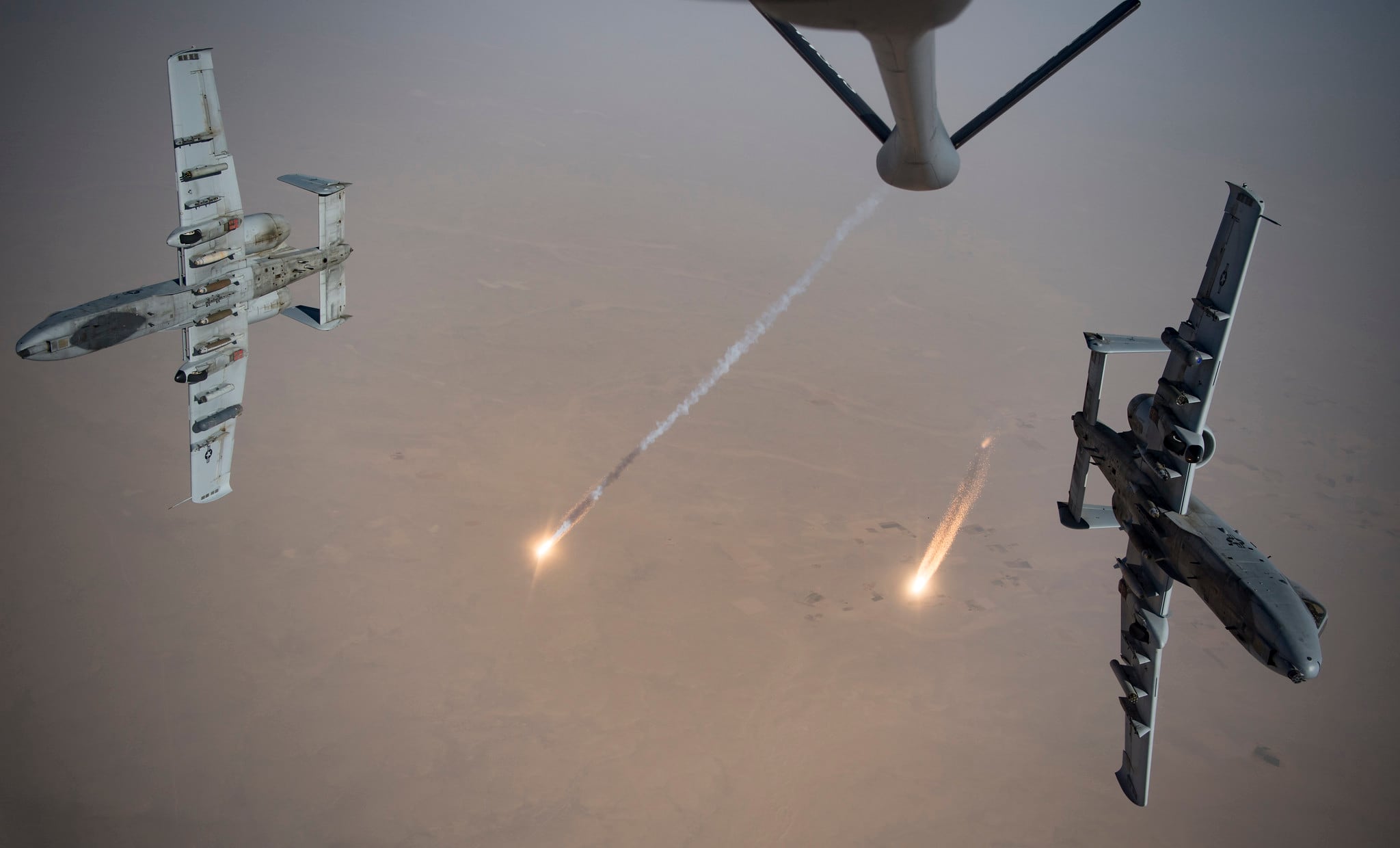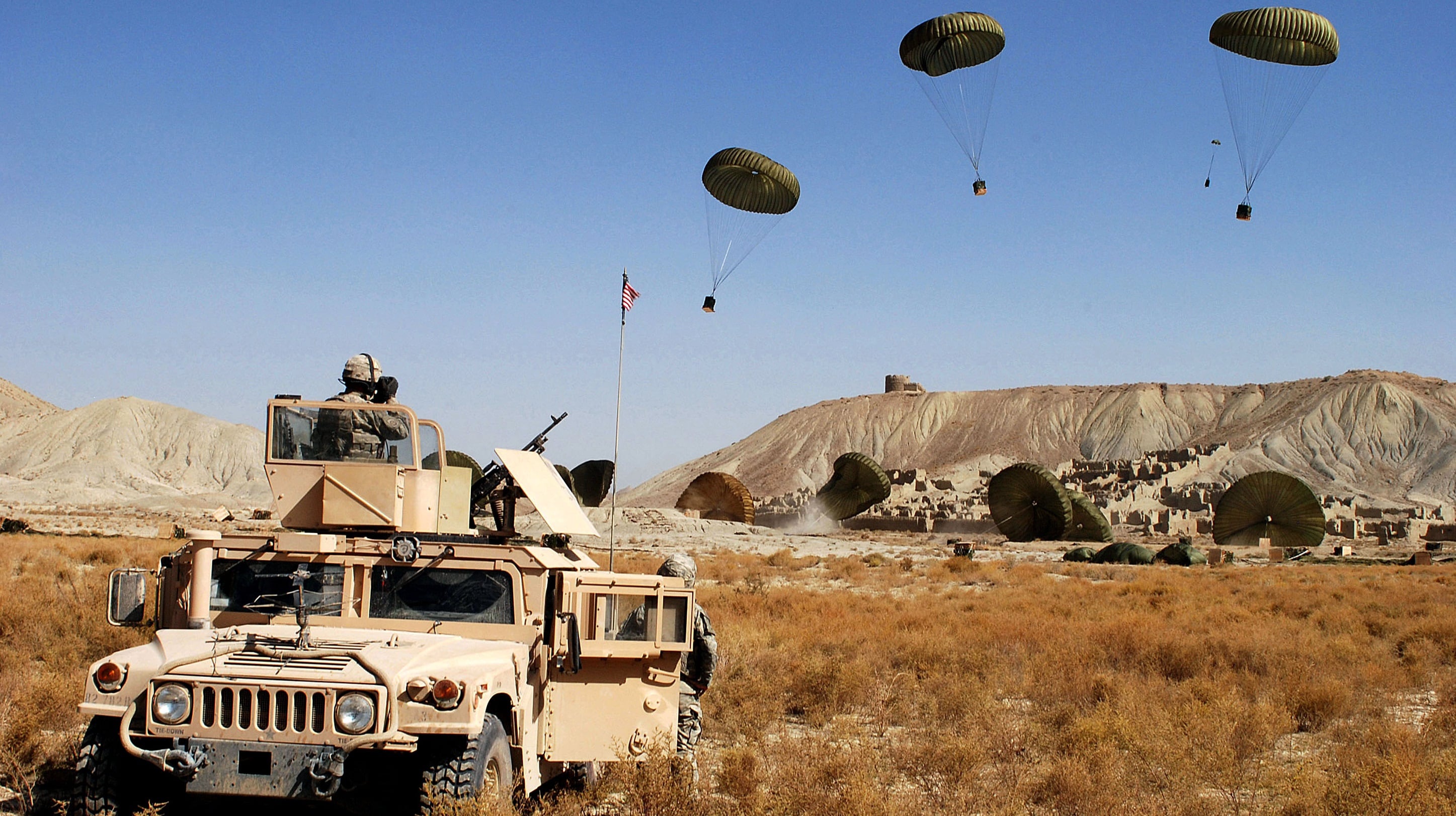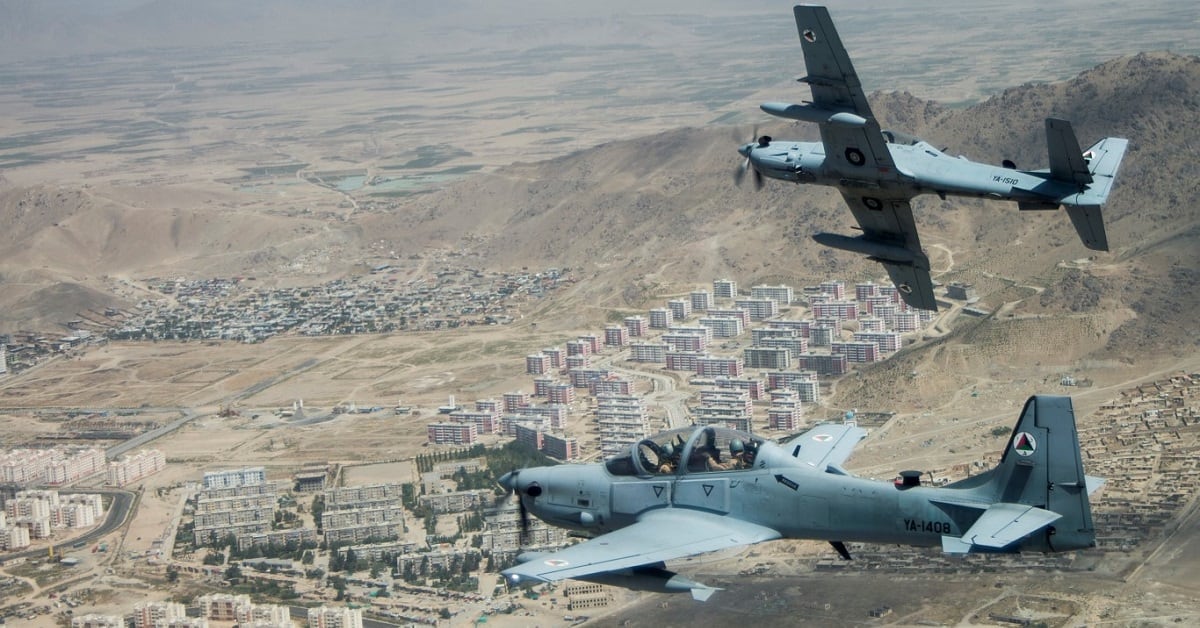In a war where airstrikes reign on the battlefield, Afghan forces appear woefully unprepared to bear the burden of a sustained air campaign against Taliban forces — jeopardizing American plans to draw down forces in Afghanistan.
According to a recent Defense Department inspector general report, only 2.5 percent to 7.5 percent of airstrikes from Afghan MD-530 helicopters and A-29 Super Tucanos involved coordination from tactical Afghan air controllers known as ATACs.
The report also noted that the Afghan air force only fields 46 ATACs and 24 air liaison officers, or ALOs, who help develop target and strike packages for Afghan aircraft. Since 2013, Afghan forces have managed to train more than 400 ATACs, “but failed to create a sustainable air-to-ground integration capability,” the IG report reads.
“Failure to fully train ATACs and ALOs increases the risk that ANDSF units operating in areas without airfields or helicopter landing zones will not receive critical supplies…[and increases] the risk of civilian casualties and fratricide," the report reads.
RELATED

The ability of Afghan forces to provide air support for maneuvering ground forces and strike Taliban targets with precision will be an important metric for U.S. defense planners seeking to draw down American forces in Afghanistan.
There are roughly 13,000 U.S. troops in Afghanistan. The U.S. is seeking to exit Afghanistan through negotiations with the Taliban. According to a draft peace deal with the Taliban, American forces would draw down to 8,600 troops within 135 days of signing the agreement.
But the U.S. is currently amid an intensive air campaigns in Afghanistan as President Donald Trump’s administration seeks to push the Taliban back to peace negotiations that collapsed in September.
According to U.S. Air Forces Central Command, U.S. aircraft dropped 948 munitions in Afghanistan during the month of September. That’s the highest number of munitions dropped for a single month since October 2010 — near the height of America’s involvement in the 18-year-long war when the U.S. had nearly 100,000 boots on the ground.
In October, American aircraft released 777 munitions — the highest munitions drop for that month since the start of the NATO-led train and advise mission known as Operation Resolute Support in 2015.
While much of the airpower in Afghanistan is launched by American aircraft, Capt. Samantha Morrison, an AFCENT spokeswoman, told Military Times in September that the Afghan air force “no longer requires direct coalition support for routine operations."
But Afghan forces are still struggling to provide real time close air support to ground forces conducting clearance operations against Taliban militants and coordination between Afghan pilots and the Afghan Army appears limited.
The IG report said that Afghan army tactical leaders talk directly to the Afghan air force over the radio in the absence of Afghan ATACs.
“In addition, the AAF [ Afghan Air Force] and ANA [Afghan National Army] are unable to forecast locations and timing far enough in advance to place ATACs at the point of need,” the report reads.
“The ANA is often unwilling to integrate ATACs into their planning and mission execution. Commanders often reassign ATACs to other duties where their ATAC skills are unutilized,” the report detailed.
According to the report, ATACs will be capable of providing night and day close air attack and airdrop support by December 2022.
RELATED

The Afghan air force has made some progress. In 2018, the A-29 light-attack turboprop plane began dropping laser-guided munitions, which will aid Afghan forces in targeting Taliban fighters with precision strike capabilities.
And in Dec. 2018, an Afghan A-29 carried out the first night strike, according to a DoD report.
The Afghan air force has roughly 183 aircraft in its fleet, which includes 40 UH-60 Black Hawks, 44 MD-530 helicopters, 15 A-29s, among other aircraft, according to the IG report.
Shawn Snow is the senior reporter for Marine Corps Times and a Marine Corps veteran.




